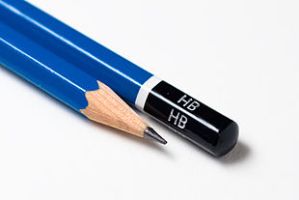Modelling The Subatomic Structure of an Atom (Year 10)
Prior Knowledge: atomic number=number of protons, atomic mass= number of protons + neutrons, number of electrons=number of protons, electrons exist in energy levels or shells with 2 occupying the first shell and 8 occupying the shells after that.
Materials:
Method:
1. Write on the board:
M&Ms= protons
skittles=neutrons
M&Ms minis=electrons.
2. Point out that the size difference between protons and neutrons is negligible (for year 10) and that electrons are much smaller than the other two subatomic particles. Hence, the mini M&Ms are the electrons.
3. Students use the information in their periodic table to construct an atom of hydrogen, an atom of lithium and an atom of beryllium.
4. Students draw the atom they have created out of consumables.
5. Students create a table showing similarities and differences between the structures of the three atoms. (help them to notice that they all have one electron in the outer shell and that each one has a different number of electron shells)
6. Students use the information in their periodic table to construct an atom of helium, neon and argon.
7. Students draw the atom they have created out of consumables.
8. Students create a table showing similarities and differences between the structures of the three atoms. (help them to notice that they all have full outer shells and that each one has a different number of electron shells)
9. Link the number of electrons in the outer shell to the group number (explain the helium anomaly) and the number of electron shells to the period number.
My class is pretty bright, so I managed to leap straight from this to ionic bonding by getting them to trade mini m&ms. They picked up on their own that the atoms become charged if you change the amount of electrons, and thus I could introduce the concept of ions.
I’m not going to lie, this lesson was a massive hit. They worked as fast as they could in order to eat their atoms, and the physical model also helped them to see that the nucleus doesn’t get ‘filled’ it is actually just MADE of protons and neutrons. Likewise with ‘shells’. If you remove an electron from a shell with only one in it, the one underneath becomes the outer shell.
This is actually a lesson I borrowed off of another teacher and then modified. It was originally shown to me as a lesson for teaching year 9 about the existence of protons, neutrons and electrons and their organisation within an atom. In this instance, you should provide the kids with a scaffold showing a distinct empty nucleus and some empty energy levels.
This is a very versatile lesson and I hope it works for you! Don’t forget to write the lollies off on tax….even the extras that YOU end up eating!





